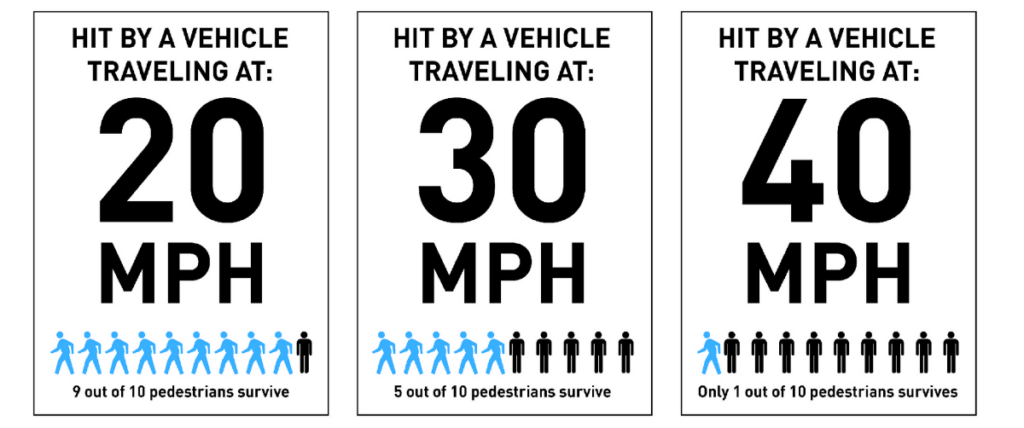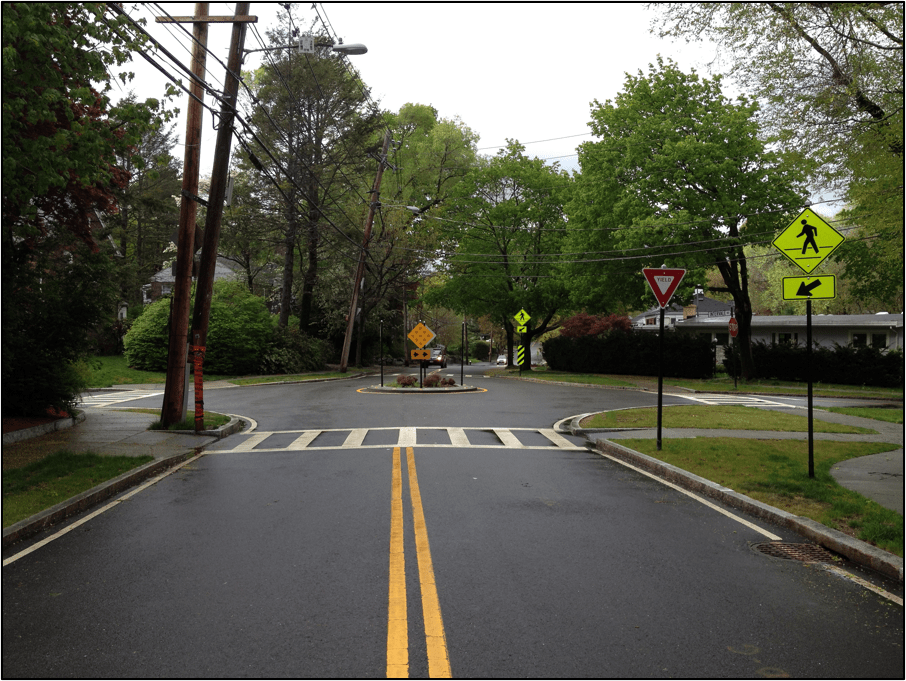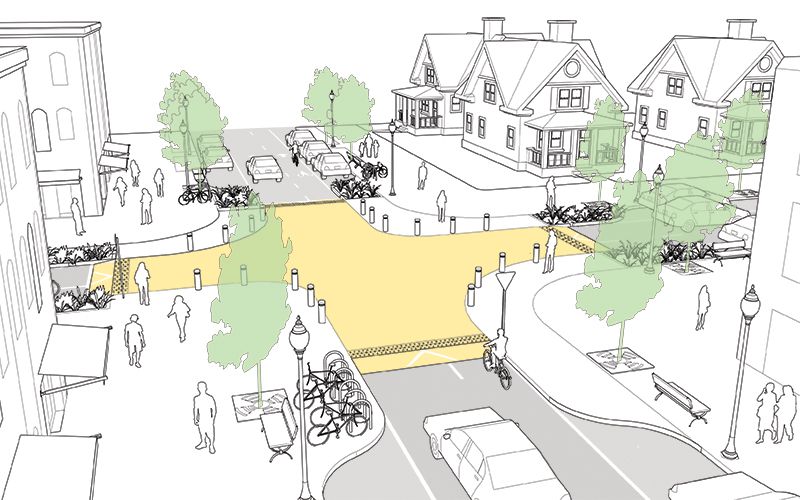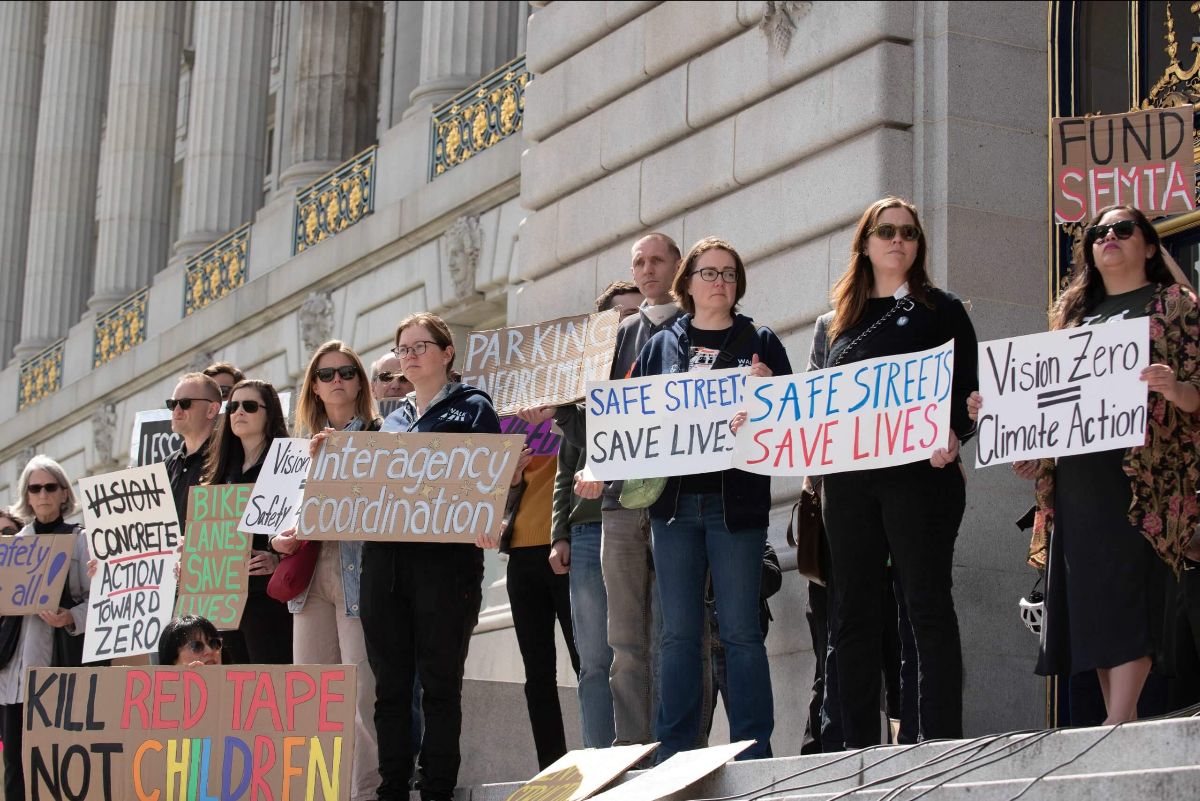OUR COMMUNITY IS SACRIFICING OUR CHILDREN’S LIVES TO THE IDEA THAT VEHICLE DRIVERS DESERVE TO GO FAST ON RESIDENTIAL STREETS.
This is is 12-year-old Wyatt from Buffalo who was walking home from Centennial Pool with his friends after using the splash pad two weeks ago. In the middle of the day, he was hit on Niagara Street near Busti Ave by a drunk driver speeding down the street. Anyone familiar with this portion of Busti knows it’s essentially an on-ramp to the I-190, with minimal safe space for kids to walk across.
Wyatt survived, and while his initial prognosis indicated he may walk again in a few months, the latest post from his mother on 7/28 indicated he had taken a turn in the wrong direction.
Here is the GoFundMe for his family.
This was 15-year-old Luke Guetti was killed last week by the driver of an F-250 pickup truck on his residential street in Tonawanda.
Here is the GoFundMe for his family.
This was 6-year-old Carmella Lopez, who was killed in late May by a van cutting through her residential street, also in Tonawanda.
Here is the GoFundMe for her family.
In an interview with the Buffalo News this week, Tonawanda Town Supervisor Joseph Emminger said,
“As a government, you just need to make sure that the roads are as safe as they can be, within reason.”
Within reason. Are two dead children a reasonable sacrifice in the name of moving traffic quickly down dense residential streets? These tragedies should be more than enough to trigger swift, dramatic road and intersection design change in Buffalo, Tonawanda and across Western New York to improve safety.
Now is not the time to feel helpless.
Now is the time to act.
(Click any image below for more information)
Here’s what concerned parents, neighbors, aunts, uncles, teachers, coaches, and friends can ask their city or town’s leadership to do QUICKLY:
Lower the speed limit to 25mph
NYS legislation passed in 2022 that allowed municipalities to designate whatever streets and roads they wished to be 25mph. Previously, aside from school zones, towns and cities were barred by NYS from creating limits below 30mph. The Village of Lewiston, NY almost immediately opted in, recognizing the safety benefits to its residents and visitors.
There is nothing stopping your municipality from doing the same. At 30 mph, it takes 153.1 feet to stop. That space shrinks to 121.6 at 25 mph. What’s more? When it comes time for these 25mph streets to be redesigned, repaved, or restriped, they can be done in accordance with 25mph which will do a better job of automatically slowing vehicles.
Traffic Circles/Mini Roundabouts Instead of Stop Signs
The Federal Highway Administration says roundabouts reduce crashes that cause injury by 78-82%. Is that within reason? Traffic circles force drivers to pay attention and slow down because of the obstacle that’s put in their way. While emergency vehicles can still easily maneuver, the idea of speeding right through a stop sign by a reckless, drunk, or distracted driver is removed. When fully constructed, they often provide more protection for pedestrians as well.
Tonawanda, to their credit, has already embraced this idea on Parker Boulevard where three traffic circles replaced three stop sign intersections. While media covered the complaints leading up to it, there haven’t been any complaints of note after implementation. It seems drivers can handle these after all. When Hamburg, NY took this approach and built traffic circles to ease traffic and improve safety, they were successful there, and also saw adjacent property values rise. They received national recognition for it. The City of Buffalo’s circles along its Olmsted-designed Parkways have added beauty and safety to the dense neighborhoods they’re in.
Don’t feel like waiting? Temporary traffic circles can be constructed by municipalities or by concerned neighbors with things as simple as a circle of tall traffic cones connected with caution tape, or wood, or planters.
Curb Extensions at Intersections for Pedestrians
The wide intersection designs in Tonawanda’s residential neighborhoods, and across Western New York, are often cut to allow cars and trucks to maintain speed and make turns with ease. Why? It’s a crash waiting to happen whenever a child or adult is trying to cross the street.
Curb Extensions make pedestrians more visible, give them more protected space before entering into a shorter conflict zone, and they force drivers to slow, pay attention, and make a 90 degree turn, which opens up more visibility in the front of their vehicle.
Something as simple as paint around an intersection’s edges can improve safety when dealing with normal drivers who are paying attention. For added protection on a temporary installment, planters, cones, and other easily deployed items can be effective.
–
City of Buffalo has been doing this on its major construction overhauls – Linwood, Chippewa, Fillmore, Niagara.
Raised intersections
Raised intersections reinforce slower speeds and encourage drivers to yield to pedestrians at the crosswalk. These also make pedestrians more visible by elevating them higher into the sight lines of approaching vehicles. If a municipality is serious about re-prioritizing their residents’ safety over car speed, this is a great way to tangibly do so.
Declare Vision Zero
Rochester, Pittsburgh, and Cincinnati all recently declared Vision Zero. Meaning – envisioning that your village, town, or city can get to work and find themselves at a place with zero traffic fatalities.
We’ve been talking about it a lot in these emails.
Simply announcing that your city will begin to make changes to improve traffic safety won’t save lives on its own, but like all problems, it starts with acknowledging it. And when Mayors and Supervisors join arms with planners and public works departments, police departments, and communications departments, the entire municipality can move forward with one goal in mind while they make their decisions on infrastructure, enforcement, and communicating with the public.
There are multiple factors, from equitable enforcement of traffic safety laws to road and intersection redesigns, but Vision Zero is possible. In Hoboken, NJ there have been ZERO traffic fatalities since 2017!
The Bottom Line:
– Hoping that drivers will start to behave better is not a solution.
– Transforming your community’s transportation system into one that accommodates your child’s play and their mistakes takes action from YOU.
– Learn more about tactical urbanism, where small, cheap, and fast can save lives without waiting for major construction jobs. Then demand your municipality green light these projects.
– Call us. We’ll help you get petitions started among your neighbors to see small change happen on your block.
– Write, call, visit your elected officials and tell them that you will no longer tolerate another child’s death in your community. That children’s lives are more important to you than vehicle speed.
–
Without your direct involvement, nothing will change.








